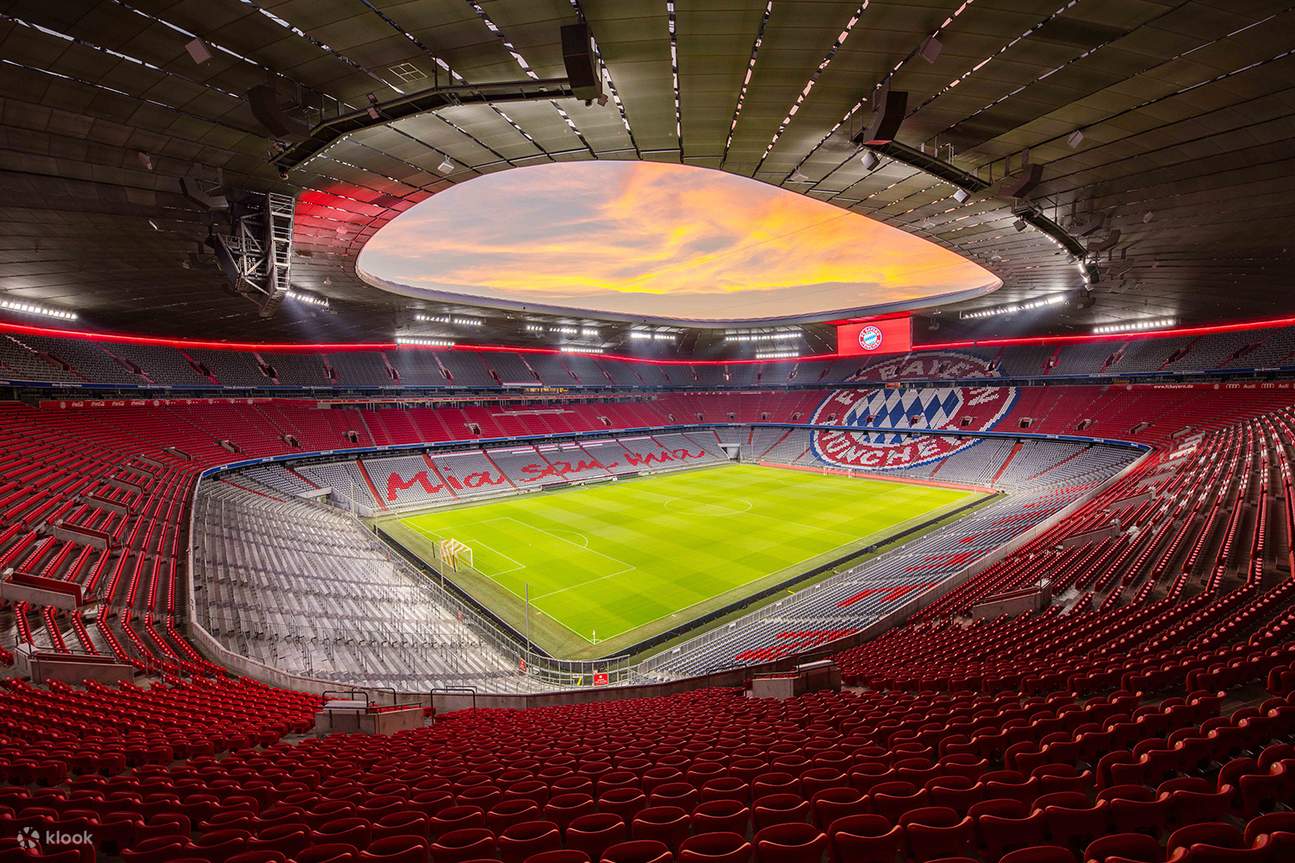The Allianz Arena is not just a stadium; it is a monument to football, culture, and architectural brilliance. Located in Munich, Germany, it has become synonymous with the passion and history of German football. This iconic structure, with its stunning design and innovative features, hosts some of the most thrilling matches in the sport’s history. In this post, we will delve deep into the secrets behind the Allianz Arena, exploring its significance, unique aspects, and the unforgettable experiences it offers new 88.
Introduction to Allianz Arena
The Allianz Arena serves as a beacon for football enthusiasts worldwide. From its striking exterior to its state-of-the-art facilities, every corner of the stadium tells a story steeped in legacy and dreams. As the home ground for famed clubs like Bayern Munich, the Allianz Arena plays a crucial role in not just local but global football culture. Serving as a canvas for legendary moments, the arena embodies the spirit of the game both on and off the pitch.
Moreover, its location in Munich positions it at the heart of a city known for its rich history and vibrant sports culture, making it a prime destination for fans from all over the globe. The allure of the Allianz Arena lies not only in its architectural prowess but also in the passion it fuels among fans, creating an atmosphere that is electric on match days.
The History and Development of Allianz Arena
The journey of the Allianz Arena began with a vision — a desire to create a landmark that would redefine the football experience. It was born out of a need for a modern facility that could host significant sporting events while reflecting the city’s ambitions.
Why it was built and its architectural vision
The genesis of the Allianz Arena can be traced back to the early 2000s when Bayern Munich recognized the necessity for a new stadium that could better accommodate its growing fanbase. The club aimed to replace the aging Olympiastadion and sought a venue that reflected Munich’s status as a football metropolis.
The architectural vision was entrusted to the renowned firm Herzog & de Meuron, who brought forth a groundbreaking idea — a stadium with an inflatable façade made up of ethylene tetrafluoroethylene (ETFE) that could change colors. This innovative design was intended to embody the dynamic energy of football and resonate with the vibrancy of the city itself.
Key milestones in its construction and grand opening
Construction commenced in 2002, with great anticipation building around the project. With a strategic focus on sustainability and modernity, the arena was engineered to meet the highest standards.
